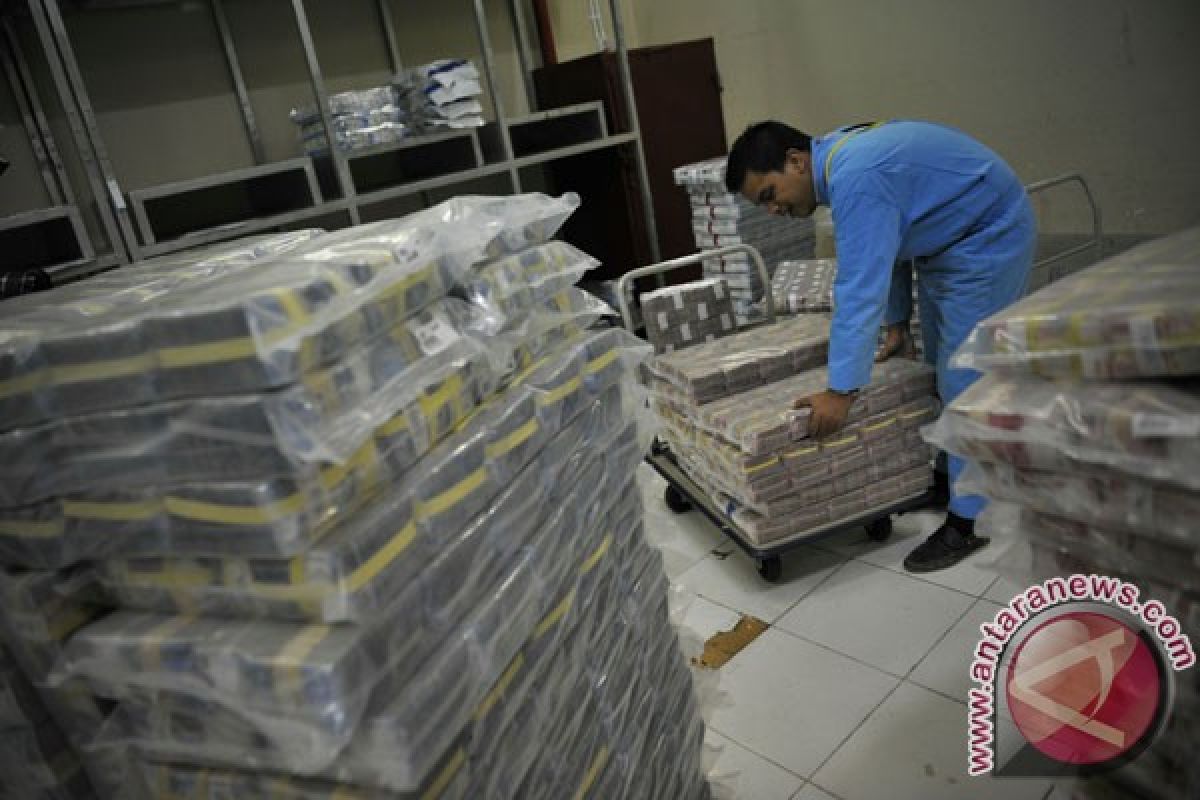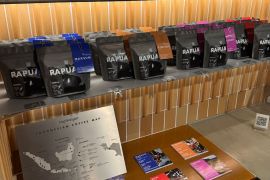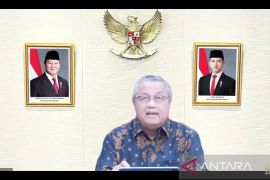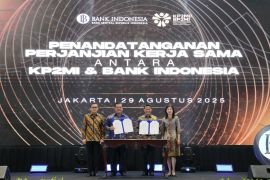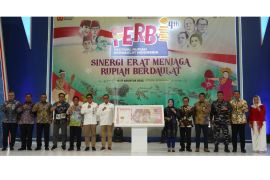Economic liquidity, or money supply in broad terms (M2), was recorded at Rp5,861.3 trillion in May 2019, or grew 7.8 percent year-on-year (yoy), surpassing 6.2 percent yoy in the previous month.
"The acceleration of M2 was fueled by an increase in the supply of narrow money (M1) and quasi money," the Communication Department of Bank Indonesia (BI) noted in its latest information in Jakarta on Friday.
It expounded that M1 rose by 7.4 percent yoy in May 2019, more than 5.8 percent yoy in the previous month, chiefly in the currency component, as the community's liquidity should to be increased during Ramadhan and before the Eid al-Fitr 1440 H.
In the meantime, the quasi money component registered an eight percent yoy growth, higher than the 6.2 percent yoy growth of the previous month.
BI remarked that based on the influencing factors, the M2 growth, which has been increasing, was largely driven by the growth of improved net foreign assets and increased growth in net domestic assets.
Net foreign assets grew by -3.2 percent yoy in May 2019, showing an improvement, from -5.8 percent yoy in the previous month. This condition is in line with the slowing down of the monetary system (BI) and banking obligations to non-residents.
In the meantime, net domestic assets also recorded a growth, rising from 10.9 percent yoy to 11.9 percent yoy in May 2019. This was principally owing to the growth in monetary system liabilities that slowed mainly from other equity and capital instruments.
The BI Communication Department also pointed to a drop in the lending rates in May 2019, while the deposit interest rates showed varied movement.
This was mirrored in the weighted average lending rate reaching 10.76 percent in May 2019, a drop of six basis points than the previous month's interest rate.
In the meantime, the weighted average three-month and six-month deposit rates also declined, from 6.83 percent and 7.36 percent, to 6.79 percent and 7.31 percent in May 2019, respectively.
On the other hand, interest rates on one-month and 24-month tenors were relatively stable, at 6.82 percent and 7.30 percent respectively. The 12-month deposit rate rose six basis points to reach 6.98 percent.
"The acceleration of M2 was fueled by an increase in the supply of narrow money (M1) and quasi money," the Communication Department of Bank Indonesia (BI) noted in its latest information in Jakarta on Friday.
It expounded that M1 rose by 7.4 percent yoy in May 2019, more than 5.8 percent yoy in the previous month, chiefly in the currency component, as the community's liquidity should to be increased during Ramadhan and before the Eid al-Fitr 1440 H.
In the meantime, the quasi money component registered an eight percent yoy growth, higher than the 6.2 percent yoy growth of the previous month.
BI remarked that based on the influencing factors, the M2 growth, which has been increasing, was largely driven by the growth of improved net foreign assets and increased growth in net domestic assets.
Net foreign assets grew by -3.2 percent yoy in May 2019, showing an improvement, from -5.8 percent yoy in the previous month. This condition is in line with the slowing down of the monetary system (BI) and banking obligations to non-residents.
In the meantime, net domestic assets also recorded a growth, rising from 10.9 percent yoy to 11.9 percent yoy in May 2019. This was principally owing to the growth in monetary system liabilities that slowed mainly from other equity and capital instruments.
The BI Communication Department also pointed to a drop in the lending rates in May 2019, while the deposit interest rates showed varied movement.
This was mirrored in the weighted average lending rate reaching 10.76 percent in May 2019, a drop of six basis points than the previous month's interest rate.
In the meantime, the weighted average three-month and six-month deposit rates also declined, from 6.83 percent and 7.36 percent, to 6.79 percent and 7.31 percent in May 2019, respectively.
On the other hand, interest rates on one-month and 24-month tenors were relatively stable, at 6.82 percent and 7.30 percent respectively. The 12-month deposit rate rose six basis points to reach 6.98 percent.
Translator: Ahmad Buchori/Eliswan Azly
Editor: Bambang Purwanto
Copyright © ANTARA 2019
